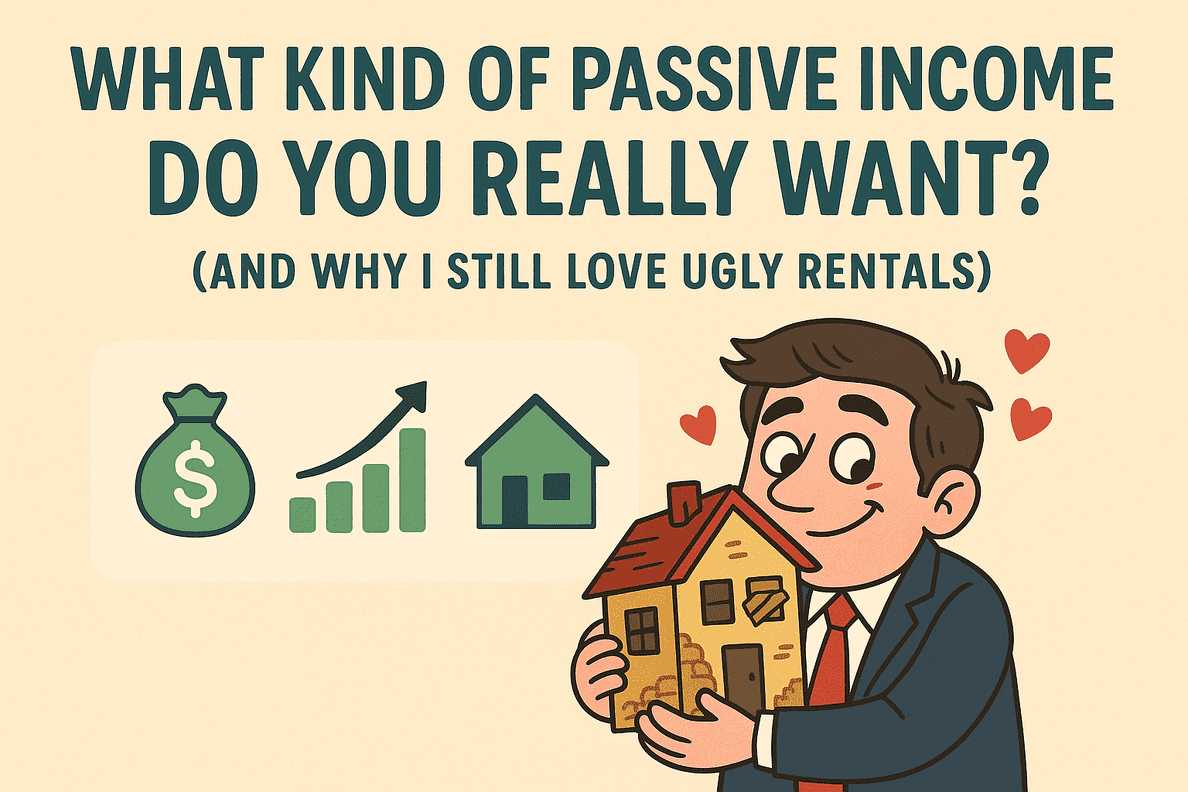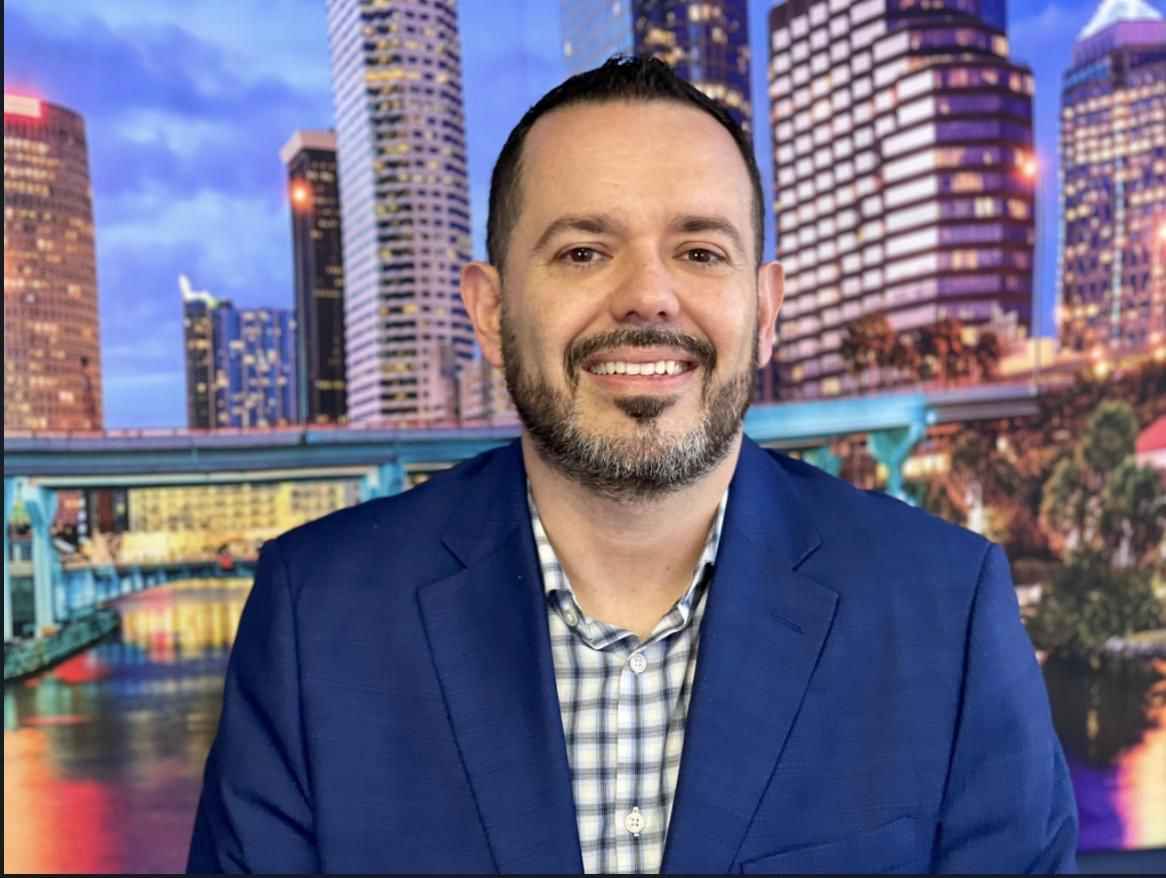What Does “Return” in Real Estate Really Mean? (And Why It’s More Than Just Rent Checks)
Ever hear someone brag about a “20% return” on a real estate deal and think, “Umm… where did that number come from?” Yeah—same here. I’ve been in the game for over two decades, and let me tell you: everyone throws around the word “return” like it’s a one-size-fits-all term. But in real estate? It’s not. There are multiple types of returns you can make, and they each tell a different part of the story.
So let’s break it down the Jorge way—simple, funny, and real. No Wall Street mumbo jumbo. Just real-world numbers, real strategies, and real results.
First, What Is a Return?
The word “return” just means: How much money are you making compared to how much you spent or invested?
If you buy a hot dog stand for $1,000 and it makes you $100 this year, you made a 10% return. Boom. That’s it.
In real estate, it’s the same idea. You put in money (as a down payment, repairs, closing costs, etc.), and you get back cash flow, equity, appreciation—or all three. The trick is knowing how to measure it, so you can see if your deal is solid or sketchy.
Return #1: Cash-on-Cash Return (CoC)
This is the return that keeps it simple and sweet. Just cold hard cash in vs. cash out.
Formula:
Example:
You buy a rental with:
-
$30K down payment
-
$10K in repairs
-
$5K closing costs
Total invested: $45K
Let’s say after paying all expenses (taxes, insurance, management, etc.), your net annual cash flow is $4,500.
Simple math, right? That’s why this is my favorite “quick-check” return for rental deals. If you’re getting 8%–12%, you’re in a good range. Anything above that? You’re cooking.
Return #2: ROI (Return on Investment)
This one’s like Cash-on-Cash but includes more than just rent money. It includes:
-
Cash flow
-
Equity gained from loan paydown
-
Appreciation
-
Any other money you made on the deal
Formula:
Example:
Let’s say:
-
You bought a property for $200K
-
You put in $40K total cash (down + repairs + closing)
-
After 1 year, the property went up $15K in value
-
You paid off $3K of the loan
-
You made $4K in rent after expenses
Total gain = $15K (appreciation) + $3K (loan paydown) + $4K (cash flow) = $22K
Investment = $40K
Now we’re talking! This is why I love the BRRRR strategy—when done right, your ROI can explode.
Return #3: Cap Rate (Capitalization Rate)
Cap rate is what pros use to compare properties without thinking about mortgages. It’s all about how much the property generates based on what it costs.
Formula:
NOI is rent minus operating expenses (but not mortgage).
Example:
A duplex rents for $2,000/month = $24,000/year
Expenses (taxes, insurance, management, etc.) = $6,000/year
NOI = $18,000
Purchase price = $300,000
Good for quick comparisons, especially if you’re shopping out-of-state. But remember—cap rate ignores your financing and personal investment. It’s more like a “property return” than a “you return.”
Return #4: IRR (Internal Rate of Return)
This one sounds like something from NASA, but it’s actually a great way to measure how your money grows over time—especially in complex deals.
IRR considers:
-
Rent
-
Appreciation
-
Refinance or sale
-
Time
Example:
You buy a $200K rental with $40K down.
You rent it for 5 years, make $4K/year net cash flow.
In year 5, you sell it for $250K and walk away with $70K profit.
IRR says: “Hey, based on all that, what’s the annual return you actually made?”
Your IRR might be 15%–18%, depending on timing.
This is useful for flips, long-term holds, or anything where returns aren’t steady.
Return #5: Equity Return
This is the sneaky one. You don’t see it in your bank account, but it’s building behind the scenes.
There are two ways your equity grows:
-
Appreciation – The market goes up.
-
Loan Paydown – Each mortgage payment chips away at the loan.
Let’s say:
-
Your house went from $200K to $225K = $25K equity
-
You paid down $5K on the loan
That’s $30K in equity growth—just for owning the thing!
This is why I always say: Buy smart, hold long, let equity build.
Bonus Return: Tax Benefits
Okay, this one’s like the secret sauce. It doesn’t show up in return formulas, but it saves you money, which is basically making money.
Here’s how:
-
Depreciation: You get to write off the value of the property over 27.5 years—even if it’s going up in value!
-
Write-offs: Expenses, repairs, mileage, management—all deductible
-
1031 Exchange: Delay paying taxes when you sell by rolling into a new property
So when folks ask me, “How come your return is so high?” I say, “Because the government’s helping me, too.”
Real-Life Story: The $45K Deal That Printed Returns
A few years ago, I picked up a tired single-family home for $160K.
It needed $20K in rehab, and I put in $25K total cash.
We rented it for $1,800/month.
Here’s how the returns broke down:
-
Cash flow: $3,600/year → 14% Cash-on-Cash
-
After 2 years, it appraised for $220K → $60K appreciation
-
Mortgage paydown: $6K
-
I refinanced, pulled out $40K tax-free
So guess what I did?
Bought another one. And then another.
That’s velocity. That’s how you build wealth with one deal at a time.
So… What’s a “Good” Return in Real Estate?
It depends on your goals, but here’s a cheat sheet:
-
Cash-on-Cash Return: 8%–12% is great
-
ROI: 20%+ is solid, especially with BRRRR
-
Cap Rate: 5%–8% is decent (varies by market)
-
IRR: 12%+ is strong for long-term deals
-
Equity Gains: Look for 3%–5% per year on appreciation
-
Tax Benefits: Think of this as another 2%–5% “boost”
If your numbers are beating a CD or stock portfolio (without the stress), you’re doing good.
Final Thoughts: Don’t Chase the Number, Chase the Strategy
Listen—return is important. But you gotta ask: Return on what? Over what time? With how much risk?
Don’t let one number make or break your decision.
For example:
-
A 20% CoC return in a war zone? No thanks.
-
A 5% CoC in a stable, appreciating area? I’ll take 10 of those.
-
A 40% ROI on a BRRRR deal where I pulled out all my cash? That’s how I bought 20 houses without getting stuck.
The key is building the right strategy for your life:
-
Need cash flow now? Go CoC.
-
Want long-term wealth? Focus on ROI and equity.
-
Planning for retirement? Think IRR and stability.
And remember, it’s not about hitting a home run. It’s about staying consistent, doing the math, and using your brain—not your emotions.
Closing Line from Jorge:
Keep it consistent, stay patient, stay true—if I did it, so can you. This is Jorge Vazquez, CEO of Graystone Investment Group and all our amazing companies, and Coach at Property Profit Academy. Thanks for tuning in—until the next article, take care and keep building!
Pick your expert. Book your free 15-minute consult now. We are here to help!
Our Top Articles
What Does Cap Rate Mean in Real Estate (And Why I Actually Use It)
What Does Cap Rate Mean in Real Estate (And Why I Actually Use It) Alright, I’m gonna break this [...]
Real Estate Investment Analysis: How to Know If a Deal Is Actually Worth It
Real Estate Investment Analysis: How to Know If a Deal Is Actually Worth It You know how some people [...]
What Kind of Passive Income Do You Really Want? (And Why I Still Love Ugly Rentals)
What Kind of Passive Income Do You Really Want? (And Why I Still Love Ugly Rentals) You [...]
Property Profit Academy:
✔ Learn to buy properties with little to no money down.
✔ Build a $10M portfolio step by step.
✔ Master strategies like BRRRR and house hacking.







